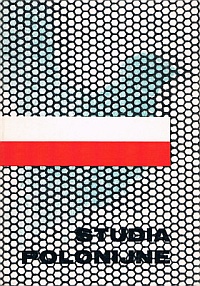Polish Emigrants in Holland
Main Article Content
Abstract
The aim this article is to show in short the most important problems' connected with the life of the Polish emigrants in Holland since the beginning of their existence up to the present, moment with a special regard to religious and priestly matters. This paper is based only on printed materials.
The Polish earning emigrants appeared in Holland at the beginning of this century. Towards the end of the first world war the Polish colony numbered about two thousand people employed chiefly in mining industry in the southern part of Limburgia. The Polish people set then up a system of well acting social, cultural, professional, religious and athletic organizations. In 1931 the Polish colony numbered almost seven thousand people united in more than twenty associations. The Polish people had their own school, „the Polish Home” in Brunssum, some libraries, their own periodical „Polak w Holandii” („A Pole in Holland”). In the years 1928-1940 the priest Wilhelm Hoffmann had the cure of souls. Beside the teachers he had special contributions to the Polish colony of Limburgia.
During the second war there led across Holland the fighting route of the First Armoured Division of General Stanislaw Maczek and of the Independent Parachute Brigade. After the end of the war many of those soldiers, the participants of the battles for liberation of Holland, settled in those regions. Their number was increased by the Poles who came there from Germany. The Polish colony numbers about five thousand people now. The Polish cultural and social life concentrates upon a dozen organizations and artistic sets. The cure of souls among the Polish emigrants is fulfilled by Polish priests within the Polish Catholic Mission of Benelux. The Catholic Mission in Holland is divided in four ministry regions: Limburgia (Bruns- sum), Amsterdam, Breda and Utrecht. The Polish emigrants in Holland maintain an intense connection with their Homeland.

